Questioni have a mating pare of bahaman anoles and recently discovered an egg when cleaning the tank, before installing a waterfall. the egg was brushed from its original spot, while i was taking out the dirty bedding, and i am not sure what the top of the egg is or how to go about finding out. i am also not very familiar with vermiculite and how necessary it is. I currently have the egg in a humid container, covered in loose coconut fiber substrate...which is also the bedding used in the tank. will this be ok? I really want to do this right, as I know there are more eggs to come. Any advice on anole egg care will be more than appreciated. Thank you for your time!
~Kay
ps...i am also having a hard time keeping the tank humid, i find myself misting way more than 2-3 times a day as the humidity level drops very rapidly. it only holds 60-80% humidity for maybe an hour and i am not able to purchase a misting system at the time. any tips? once again, thank you!
AnswerThe main reason to use vermiculite is to protect the egg from mold and bacteria, and to permit good air flow--but it's certainly possible to hatch eggs in other types of materials such as peat moss, sphagnum moss, or coconut fiber. Make sure it is moist, but not wet.
Vermiculite can be found at garden centers. Mix vermiculite approximately 50/50 with water by weight (not volume). Properly moistened, it should stick together and clump when squeezed, but you shouldn't be able to squeeze any water out of it.
It's important the eggs be kept constantly between 80 and 85F. A Hovabator incubator can be used. Some people build an incubator out of a styrofoam cooler with water in it, and submersible aquarium heater. (Place bricks in the cooler and put a plastic box with the eggs in it on top of those, above the water).
There are two solutions for your humidity problem--cover most of the top of the tank with plastic wrap (make sure the UV light is over mesh, not plastic--UV won't penetrate plastic properly). Heat the tank with an undertank heater or other solution, not with an overhead heat lamp. Heat lamps drive out moisture badly. They're really only suitable for desert species or species in huge enclosed cages.
Or, purchase a Repti-fogger, they do a pretty good job.

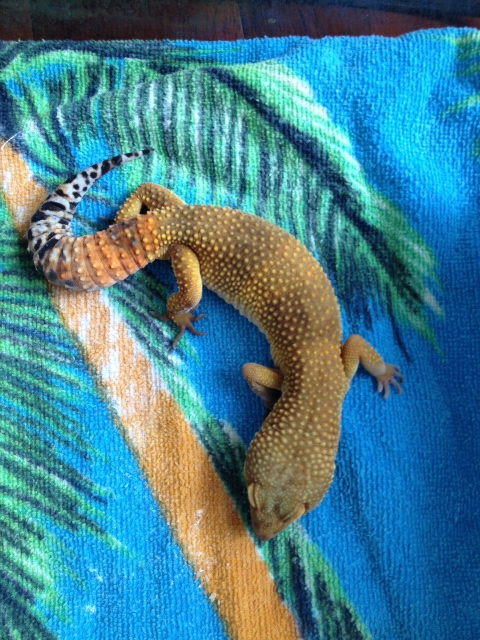 Morph?
Question
Morph Morph
I got a new gecko la
Morph?
Question
Morph Morph
I got a new gecko la
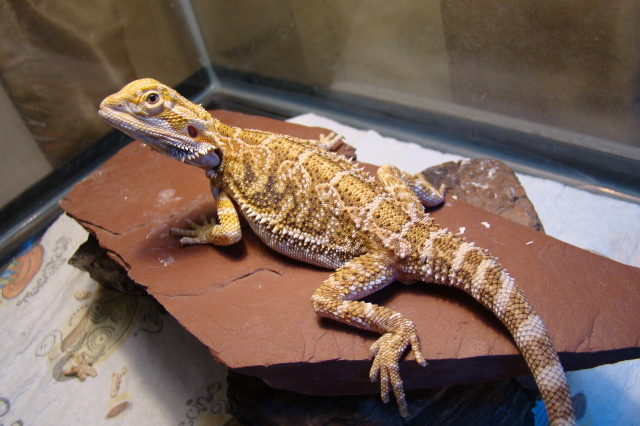 constipation
QuestionQUESTION: My bearded dragon will be a year in t
constipation
QuestionQUESTION: My bearded dragon will be a year in t
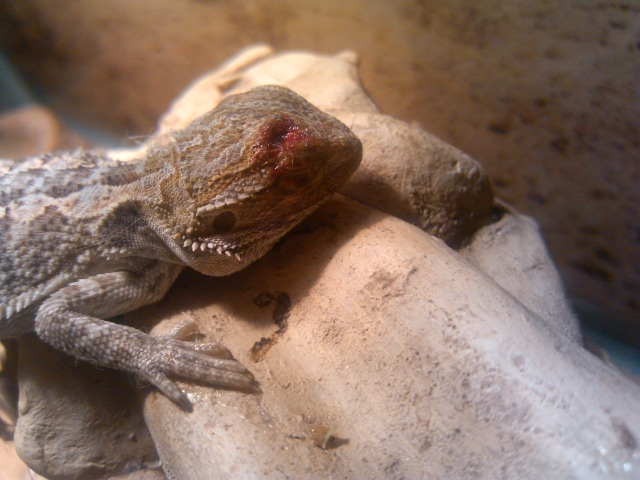 Bearded Dragon eye/head injury
Question
head injury head injury
Please h
Bearded Dragon eye/head injury
Question
head injury head injury
Please h
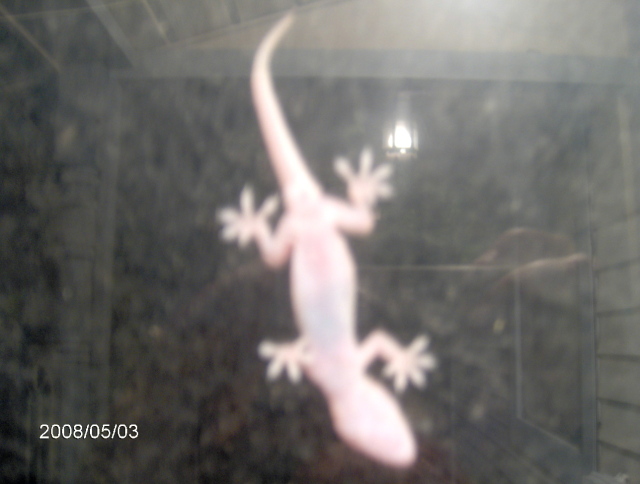 texas geckos changed from brown to colorless?
QuestionQUESTION: Hi,
Three years ago we had a f
texas geckos changed from brown to colorless?
QuestionQUESTION: Hi,
Three years ago we had a f
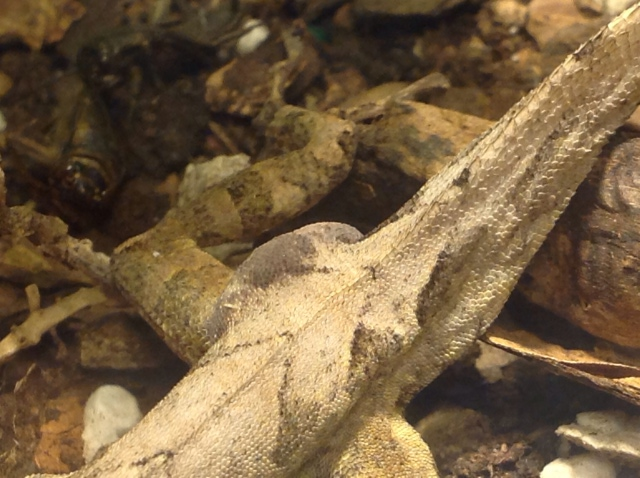 Brown Anole Leg Cyst
Question
His cyst?
Hi, Ive been wondering what s
Brown Anole Leg Cyst
Question
His cyst?
Hi, Ive been wondering what s